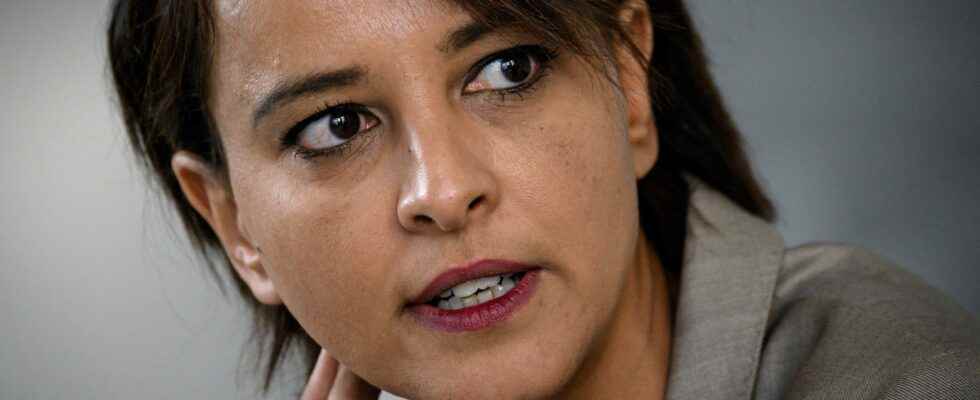For years, the UN has been sounding the alarm about insufficient funding for the Sustainable Development Goals. Two random examples: the COP 15 of 2019 had set a target of 100 billion dollars to fight against global warming: today they are considered cruelly insufficient. Médecins sans frontières estimates the funding needs for the fight against HIV, tuberculosis and malaria at 130 billion dollars for the period 2024-2026 alone. These goals can make you dizzy and discourage the best intentions.
But solutions exist. At a time when public resources are running out, it is on the side of private investment that we must look for them. And in particular the action levers of the main multilateral development banks. They alone hold more than $1.8 trillion in assets. Our belief is that if they used their capital more efficiently, they could lend up to $1 trillion more to vulnerable countries.
European Investment Bank, International Bank for Reconstruction and Development, Asian Development Bank, Inter-American Development Bank, African Development Bank… These supranational financial institutions, founded after the Second World War by States which are their shareholders, are intended to finance major global development challenges. They issue bonds on the international capital markets and offer loans to the most fragile countries at more favorable rates and conditions than those they can normally access. Reimbursed first in the event of default by a borrower, benefiting from a guarantee of intervention by the main world economies in the event of difficulty, they represent a particularly safe, attractive and effective investment for directing international financing where it is really useful.
The time has come to change the game
But these banks are now missing their target and are not as efficient as they should be. Barely 14.6% of the World Bank’s concessional loans went to Africa in 2020, compared to 23.6% in 2017, when the needs there are major. They lend too slowly: it takes an average of 398 days to deploy crisis funds. The conditions are too rigid: they do not fund cross-border challenges or global public goods, such as reducing carbon emissions or preventing pandemics. The decision-making is in the hands of a small number of high-income countries, which impose repayment periods that are too short without the taxpayers of the borrowing countries having a say. Finally, their risk aversion is too high and prevents them from raising the funds necessary to lend much more. Result: many countries prefer to borrow at a higher cost on international markets or from China.
The time has come to change that. Multilateral development banks must be more efficient and allow us to mobilize more financial resources to pretend to respond seriously to the multitude of crises we are witnessing. Prudential risk assessment rules, strongly influenced by the methodologies of credit rating agencies, must be revised to allow these banks to lend under more flexible conditions, taking into account the high guarantees they already offer to investors. . Greater transparency would better guide the actual assessment of risks by their shareholders, rating agencies and private investors.
The last G20 summit in Bali decided to initiate the renovation of the international financial architecture in the spring of 2023. France has played a leading role in this perspective, and will host an international summit in June devoted to launching a “new financial pact global”. Such windows of fire are rare. May the main shareholder countries seriously engage in the path of change and the World Bank, as the setter of international financial standards, be at the forefront of these reforms. Because, whether it is the elimination of extreme poverty, the fight against pandemics, the right to education for all or the decarbonization of our economies, not all the major global challenges can be met. only thanks to massive, effective and coordinated investments, commensurate with the urgency and the challenges.
Najat Vallaud-Belkacem, CEO of One.
